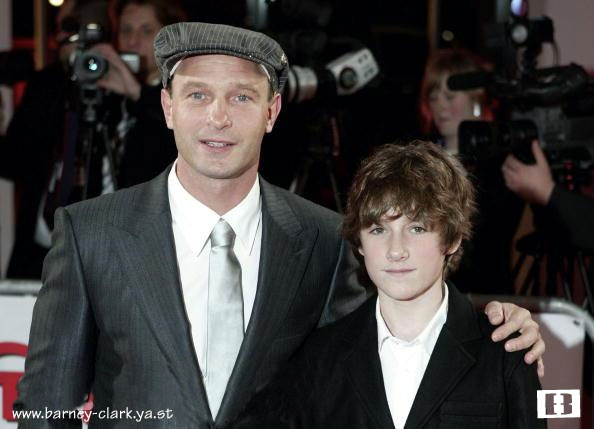

This historical marker is listed in this topic list: Science & Medicine. The technology has improved from then, but no self-containing hearts have been made – they are used only in extreme cases, and then as stopgap measures. Barney Clark Add to list On my list THE LAST 112 days of his life were not pleasant, but Barney Clark and his family knew the venture upon which they had embarked was risky, and they chose. Clark 1921 - 1983 Medical Pioneer First Recipient Artificial Heart He gave of Himself For Others Erected 1984 by Washington Memorial Park. The media caught on to the story, renewing the debate over whether these artificial extensions were worth the price they exacted on the body.
#BARNEY CLARK OF SEATTLE SERIES#
Clark suffered infections and blood clots that led to a series of strokes. The artificial pump was connected by tubes running outside the chest wall to a machine that powered it. The Jarvik 7 was several steps above Cooley’s primitive device, but it still suffered from the same problems. Clark’s own heart was beyond repair, and while he did not expect to survive long, he consented to the transplant in the interests of furthering science.

He survives the heart, and the accompanying media circus, for 112 days. On this day, December 2, in 1982 Barney Clark, a Seattle dentist, became the first transplant recipient of the Jarvik-7 artificial heart. 1982: A Seattle dentist named Barney Clark becomes the first human recipient of a permanent artificial heart. reporter for Life magazine, and she spent 3 months in Seattle writing this story. Until a lucky alignment of patient and doctor came along. What problems developed while implanting the Jarvik-7 in Barney Clark. By the start of the 1980s medical science progressed somewhat, but finding willing patients was still difficult. The heart kept the patient alive until a replacement human heart could be found, but the incident caused ethical controversy. Denton Cooley of Baylor implanted a rudimentary version into a dying patient without seeking consent from the patient’s family or the hospital’s administration. The physiology of the heart and its mechanism was well known, but attempts at replicating it, difficult enough under ordinary circumstances – were complicated more than Dr.


 0 kommentar(er)
0 kommentar(er)
